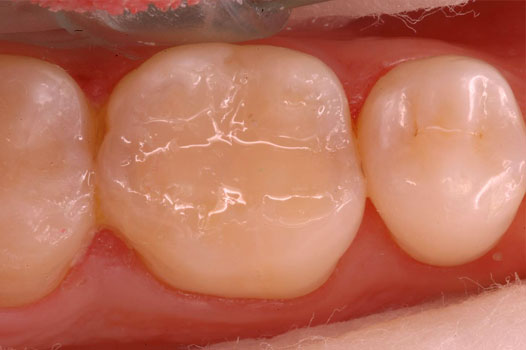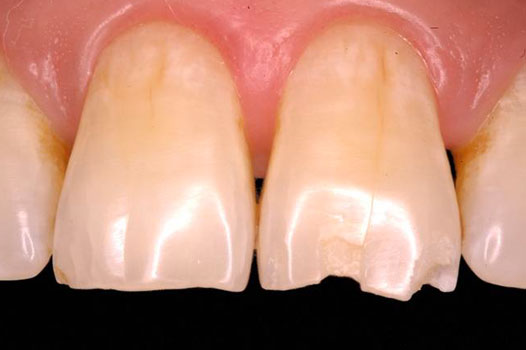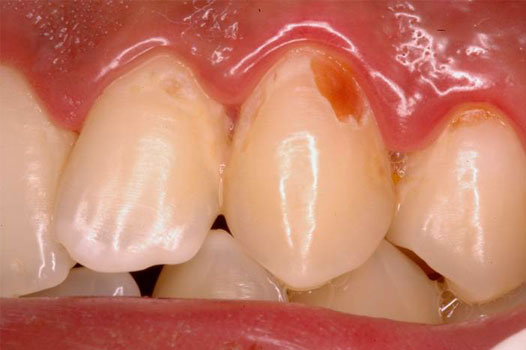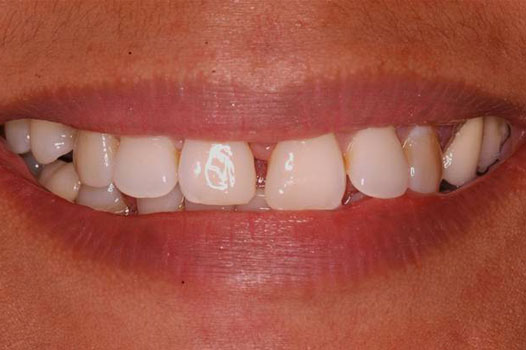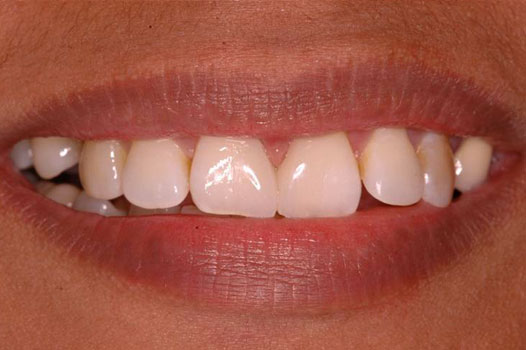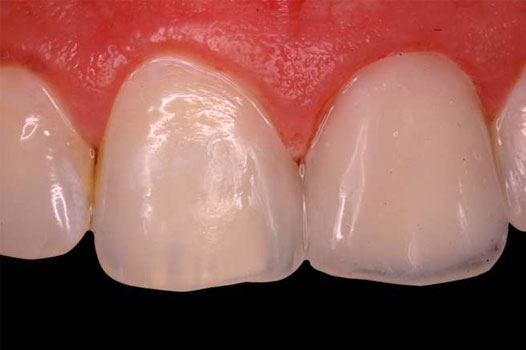Topics Covered
New Nano Technology Based Composite Resins
What is Nano Technology?
Technology development at the atomic level where one building block should be in the range of 1-100nm. Properties and functions of the material changes when there is a change in the size of the basic building block.Provides Wide range of opacities, Polish retention , Reduces stickiness, Improves sculptability & Enables enamel like wear
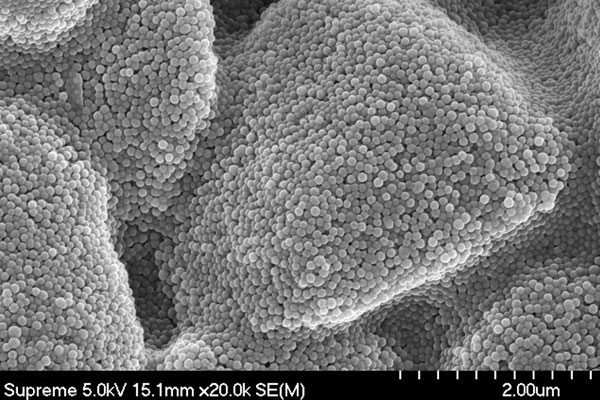
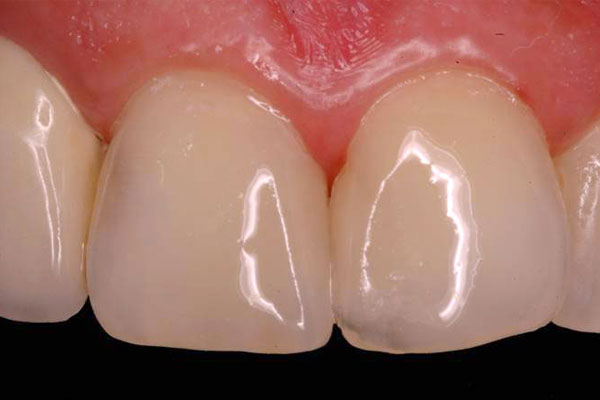
Different Bonding Technique - Total Etch, Self Etch, Partial Etch
The Purpose of Bonding system is to help in creating seamless bond between Hybrid Layer of Dentin + Adhesive + Composite Restoration thereby Creating MONO BLOCK
Composite Bonding System have evolved tremendously over a period of Time. They are classified as 4th ,5th ,6th & 7th Generation & now we also have Universal Bonding System.Different Techniques like Total etch, Self Etch, Partial Etch have to be employed for different Clinical situations.
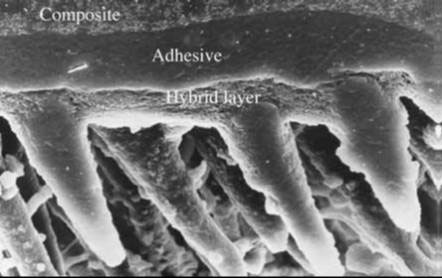

Materials, Techniques & Management for Posterior Restorations(Class I & II)
It is now possible to Create Life like Composite Restorations for Posterior Teeth also. Attention should be given to various factors like Liners, Polymerization shrinkage & C-factor.Criteria for Selection of Composite Resin, Burs, Bonding agent, Curing lights also should be laid down clearly.

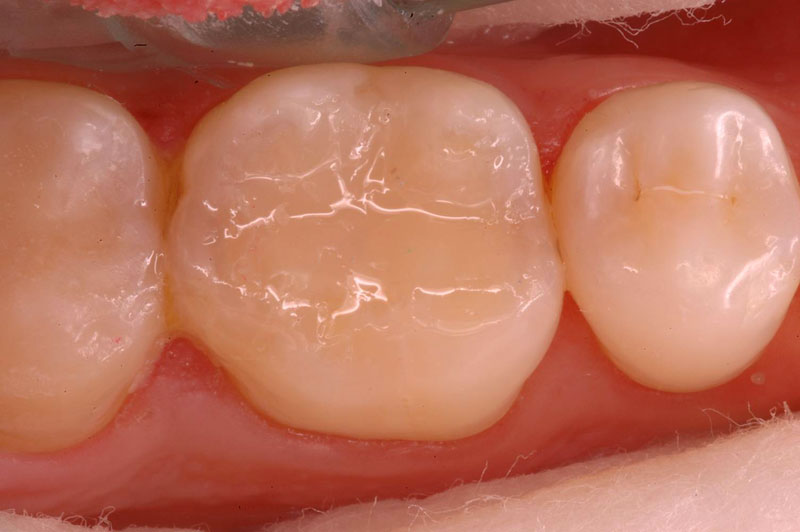
Esthetics with Anterior Restorations
Composite is an Excellent Restorative material & natural choice for Anterior Restorations.With newer techniques like Putty stent technique one can even build incisal fracture of anterior tooth while taking into account Occlusal considerations Multi layering technique adds to excellent esthetics.
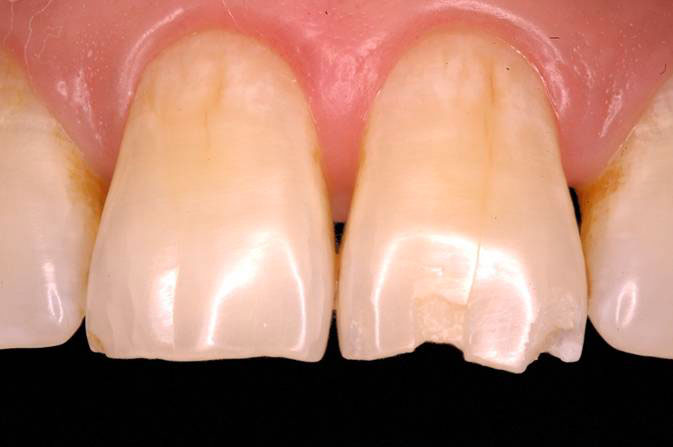
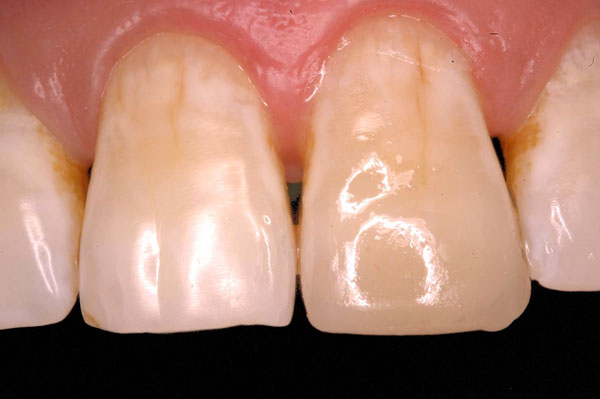
Restorations of Cervical Defects (Class V Lesions) & Soft Tissue Management
Cervical defects on the teeth can be because of Decay/Erosion. Proper placement of Bevels allows the composite to blend with the tooth in such a way, that it becomes difficult to detect the margins of restoration. For Subgingival/ Equigingival margins it is imperative to Place retraction cord with cord packer gently into the sulcus.


Fundamentals of Esthetics, 22 Rules to Follow When Designing Smile
- Smile Design Parameters
- Tooth Visibility
- Lip Line
- Smile Line
- Upper Lip Curvature
- Negative Space
- Smile Symmetry
- Golden Proportion

Correction of Midline Diastema
Composite can be placed very successfully to close the Diastema between the Teeth. Once done properly, it restores the patients smile & self confidence Tremendously.a Step by Step Clinical film explain in details the procedure to be carried out.
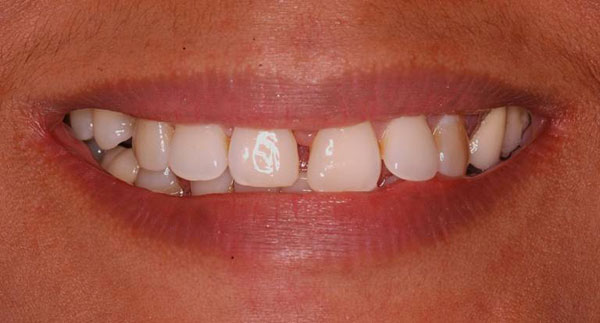

Direct Composite Laminate
Direct Composite Laminates are not only used for Smile design cases but also for challenging situations in day to day Practice.The challenges are met by reading Teeth colors , translucency , morphology etc. & using composite material in a very precise manner.
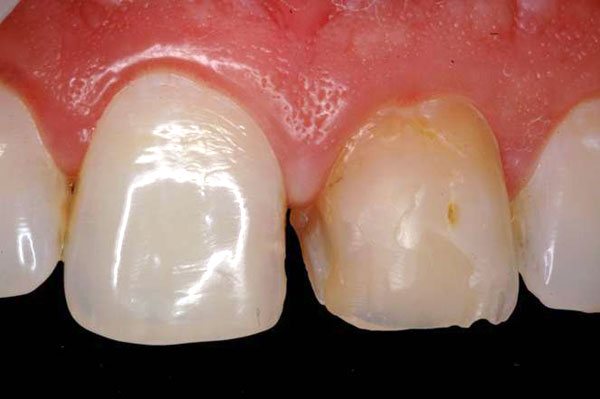
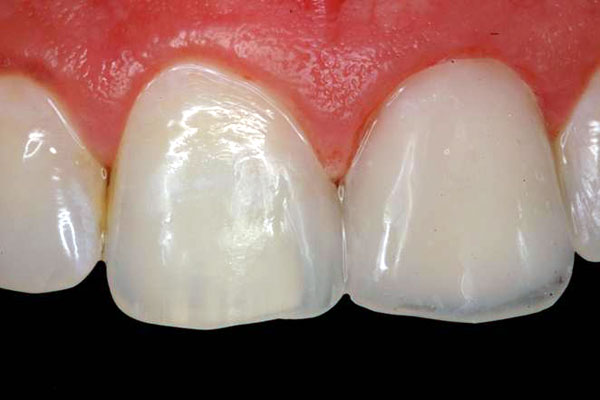
Composite Finishing & Polishing Systems for Long Term Esthetics
Polishing
- Prevent retention of biofilm and plaque
- Functional Occlusion
- Esthetics
There are various Materials available for Composite Finishing & Polishing
- Diamonds
- Carbides
- Silicon Carbide
- Diamond impregnated rubber matrix
- Aluminum Oxide
Trouble Shooting of Composite
All these Issues which are associated with Composite restorations are resolved, so that Trouble free Restorations can be created.
- Post-operative Sensitivity
- Pulp Damage
- Contacts
- Debonding
- Color Mismatch
- Staining
- Black/White lines
Other State-of-the-art Related Topics are also Discussed
- Art & science of Tints & Masking agent
- Sealing of Composite Restorations
- Preventive Resin Restorations
- Color Palette technique(shade selection technique to mimic natural teeth)
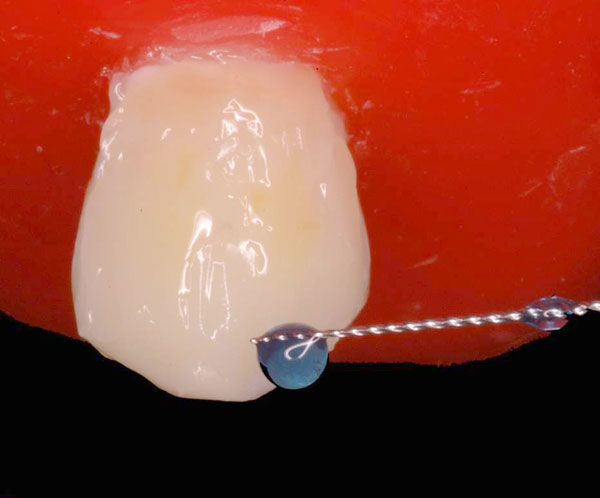
Principals of Biomimetic Restorations
Biomimetic dentistry is defined as the science, principles, and techniques of advanced adhesive dentistry respecting the philosophy that to restore sufficiently teeth is necessary to “mimicking life” and understanding the natural tooth in its entirety
There are biomimetic restorative protocols that dental clinicians should follow and are divided into two main groups: a) stress-reducing and b) bond-maximizing protocols.
Some of Stress reducing protocols include
1) the use of indirect or semi- direct restorations for the occlusal and interproximal enamel replacements
2) the reduction of the increment thickness of the composites (< 2 mm) in dentin surfaces
3) the utilization of dentin replacing composites with low shrinkage (< 3%) and range of modulus of elasticity between 12-20 GPa
4) the use of dual cure composite materials when restoring pulp chambers in non-vital teeth
5) the removal of dentin cracks within 2 mm of the dentino-enamel junction
Some of Bond-maximizing protocols include
1) ensure of a caries-free zone 2-3 mm circumferentially around the cavity without exposing the pulp,
2) repair of composite restorations by applying surface modification techniques on the composite surfaces (air- abrasion, silane, etc.),
3) deactivation of matrix metalloproteinases (2% chlorhexidine, etc.),
4) utilization of gold standard dentin bonding systems that can achieve a microtensile bond strength of 25-35 MPa on enamel and 40-60 MPa on flat dentin surfaces,
5) elevation of sub-gingival box margins to a supra-gingival position to obtain a biomimetic microtensile bond strength > 30 MPa.
Minimalistic Anatomical Layering
In order to restore the tooth to its original form, it is important to use very small quantity of Composite material and layer them inside out by using anatomy as landmarks.

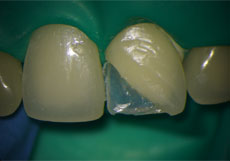
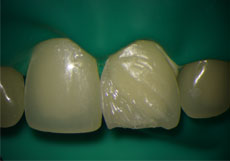
Selection of Composite based on Dentin & Enamel Colours
Enamel is prismatic & Dentin is tubular in nature. Optical properties of both are totally different. The resultant Crown looks different at each point.

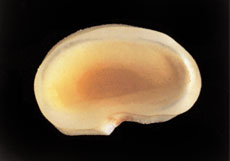

Enamel is prismatic & Dentin is tubular in nature. Optical properties of both are totally different. The resultant Crown looks different at each point.
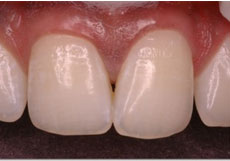

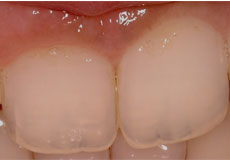
Composites are also available in different Translucency & Opacity . It is important to select them & use them correctly, so the restorations are mimicking the tooth
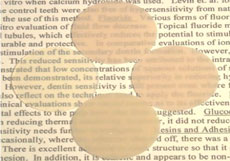
Colour Palette technique
Tooth is not a tab on shade guide , it is nothing but riots of colours. In order to mimic the tooth, it is important to select composite of different colours & translucency. This can be achieved by applying & curing very small quantity of composites on the tooth in different regions & selecting them, just like colour palette.
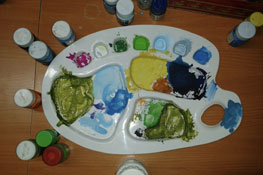

Rubberdam application
Many Advantages of Rubber Dam Use in Dentistry
• Retraction of Soft Tissue. ... .
• Excellent Infection Control. ...
• Increased Patient Safety. ...
• Enhanced Comfort for Dental Patients. ...
• More Accuracy for Dental Professionals. ...
• Greater Protection of Soft Tissues. ...



Demonstration of Rubber dam is done by Faculty, Followed by hands-on by Participants
Colour Theory
Visible light wavelength is from 390 to 800 nanometre. There are 3 dimensions of Colour namely Hue, Chroma & Value.
When the light strikes tooth, some of it gets reflected to form Colour perception.
There are many factors which are covered in Colour theory lecture.
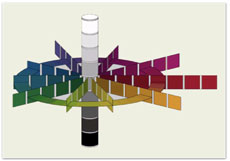
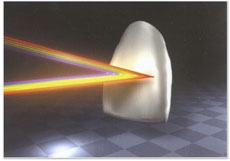

Course Schedule
Online Lecture Composite Essentials
- 9.00 am – 9.30 am - Registration, Log-in & Informal discussion with Participants & their Queries.
- 9.30 am - 1.00 pm - Live Interactive On-line Lecture (Please click on Topics to find the details)
Every Topic will be discussed in detail & only after it is understood by all participants , next Topic will be taken.
After every 50 minutes of lecture , 10 minutes will be devoted to Question Answer. - 01.00 pm - 02.00 pm - Lunch Break
- 2.00 pm - 4.30 pm - Live Interactive On-line Lecture (Please click on Topics to find the details)
Every Topic will be discussed in detail & only after it is understood by all participants , next Topic will be taken.
After every 50 minutes of lecture , 10 minutes will be devoted to Question Answer. - 4.30 pm - 5.00 pm - Revision of topics & Question Answer session
Online Lecture Mastering Biomimetic
- 9.00 am – 9.30 am - Registration, Log-in & Informal discussion with Participants & their Queries.
- 9.30 am - 1.00 pm - Live Interactive On-line Lecture (Please click on Topics to find the details)
Every Topic will be discussed in detail & only after it is understood by all participants , next Topic will be taken.
After every 50 minutes of lecture , 10 minutes will be devoted to Question Answer. - 01.00 pm - 02.00 pm - Lunch Break
- 2.00 pm - 4.30 pm - Live Interactive On-line Lecture (Please click on Topics to find the details)
Every Topic will be discussed in detail & only after it is understood by all participants , next Topic will be taken.
After every 50 minutes of lecture , 10 minutes will be devoted to Question Answer. - 4.30 pm - 5.00 pm - Revision of topics & Question Answer session
Online Lecture – Mastering Biomimetic
- 9.00 am – 9.30 am - Registration, Log-in & Informal discussion with Participants & their Queries.
- 9.30 am - 1.00 pm - Live Interactive On-line Lecture (Please click on Topics to find the details)
Every Topic will be discussed in detail & only after it is understood by all participants , next Topic will be taken.
After every 50 minutes of lecture , 10 minutes will be devoted to Question Answer. - 01.00 pm - 02.00 pm - Lunch Break
- 2.00 pm - 4.30 pm - Live Interactive On-line Lecture (Please click on Topics to find the details)
Every Topic will be discussed in detail & only after it is understood by all participants , next Topic will be taken.
After every 50 minutes of lecture , 10 minutes will be devoted to Question Answer. - 4.30 pm - 5.00 pm - Revision of topics & Question Answer session
Hands-on Session - Composite Essentials
- 9.00 am – 9.30 am - Breakfast with Faculty & Informal discussion with Participants & their Queries.
- 09.30 am - 11.30 am - Handson on Extracted Tooth (Class 2)(Participants have to bring mounted extracted Teeth for handson. After Registration , Participants will be informed about the details of Teeth Mounting)
- 11.30 am – 12.00 pm - Tea Break
- 12.00 pm - 01.00 pm - Handson on Extracted Tooth (Class 5)
- 01.00 pm - 02.00 pm - Lunch
- 02.00 pm - 04.30 pm - Handson on Extracted Tooth ( Class 3)
- 04.00 pm - 05.00 pm - Open Forum with participants & end of Session with Certificate Presentation
Hands-on Session - Mastering Biomimetic
- 9.00 am – 9.30 am - Breakfast with Faculty & Informal discussion with Participants & their Queries.
- 09.30 am - 11.30 am - Handson on Extracted Tooth (Class 1, Class 2) Minimalistic Anatomical Layering (Participants have to bring mounted extracted Teeth for handson. After Registration , Participants will be informed about the details of Teeth Mounting)
- 11.30 am – 12.00 pm - Tea Break
- 12.00 pm - 01.00 pm - Handson on Extracted Tooth (Rubber dam application)
- 01.00 pm - 02.00 pm - Lunch
- 02.00 pm - 04.30 pm - Handson on Extracted Tooth (Class 4) Minimalistic Anatomical Layering
- 04.00 pm - 05.00 pm - Tea Break & Question Answer session
Hands-on Session - Mastering Biomimetic
- 9.00 am – 9.30 am - Breakfast with Faculty & Informal discussion with Participants & their Queries.
- 09.30 am - 11.30 am - Handson on Extracted Tooth (Midline Diastema Closure ) Minimalistic Anatomical Layering (Participants have to bring mounted extracted Teeth for handson. After Registration , Participants will be informed about the details of Teeth Mounting)
- 11.30 am – 12.00 pm - Tea Break
- 12.00 pm - 01.00 pm - Handson on Extracted Tooth (Direct Composite Laminate) Minimalistic Anatomical Layering
- 01.00 pm - 02.00 pm - Lunch
- 02.30 pm - 04.30 pm - Handson on Extracted Tooth (Finishing & Polishing Composite Restorations)
Frequntly Asked Questions
Composite Essentials + Mastering Biomimetic is Rs 27,000/ + GST
Composite Essentials is Rs 9,000/ + GST
The fee includes Morning Breakfast, Lunch & High Tea for 1/3 days of Hands-on at Mumbai. Participants will also be provided Certificate of attendance .All the Materials for hand son will be provided except Airrotor handpiece, Micromotor & Slow speed Contra angle handpiece & Mounted Extracted teeth which participants will have to bring with them.
Clinical Cases

